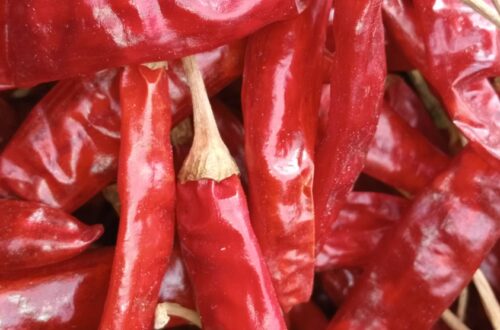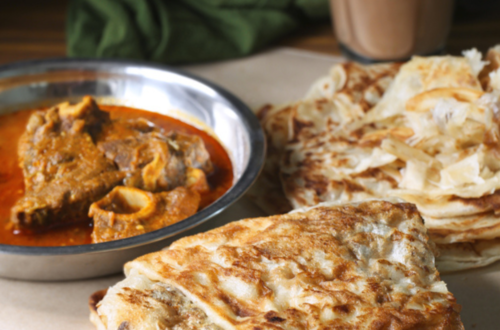
Key To Flavorful Biryani – MEAT!
When preparing a delicious biryani, the quality of the meat is crucial, as it significantly influences the dish’s flavor and texture. Always opt for fresh meat, as freshness ensures the best flavor, tenderness, and overall texture. Look for meat with a bright color and no unpleasant odor. Purchase from reputable sources to guarantee quality and proper handling; organic or free-range options often provide better flavor and texture. A moderate fat content can enhance the meat’s flavor and moisture, with well-marbled pieces (small flecks of fat) being more flavorful.
Lamb shoulder is well-marbled and flavorful, making it perfect for slow cooking, as it remains juicy throughout the biryani’s preparation. Lamb leg is another excellent choice for those who prefer leaner meat while still maintaining flavor, and it can be cut into chunks for even cooking. The neck and shank contain connective tissue that becomes tender when cooked slowly, enriching the biryani.
Aging meat, whether wet or dry, can also develop deeper flavors and tenderness, particularly in beef and lamb. Younger lamb, typically less than a year old, offers a milder flavor and tender meat, making it ideal for biryani. Conversely, older goats may impart a stronger flavor and tougher texture, which are less desirable.
For poultry, chicken thighs are juicier and more flavorful than breasts, holding up well during cooking. Chicken drumsticks also provide good flavor and texture. Younger chickens (broilers) are typically more tender and flavorful for biryani, while older hens (stewing chickens) usually suit slow-cooking methods better due to their tougher texture.
#chefdevagisanmugam #biryanilove #biryanilovers #chickenbiryani #muttonbiryani #comfortfood #flavorfulrice #nasibiryani #biryani #biriyani #Indiancuisine #dumbiryani #dumcooking #flavorsfIndia #cookingtechniques #culinaryeducation






